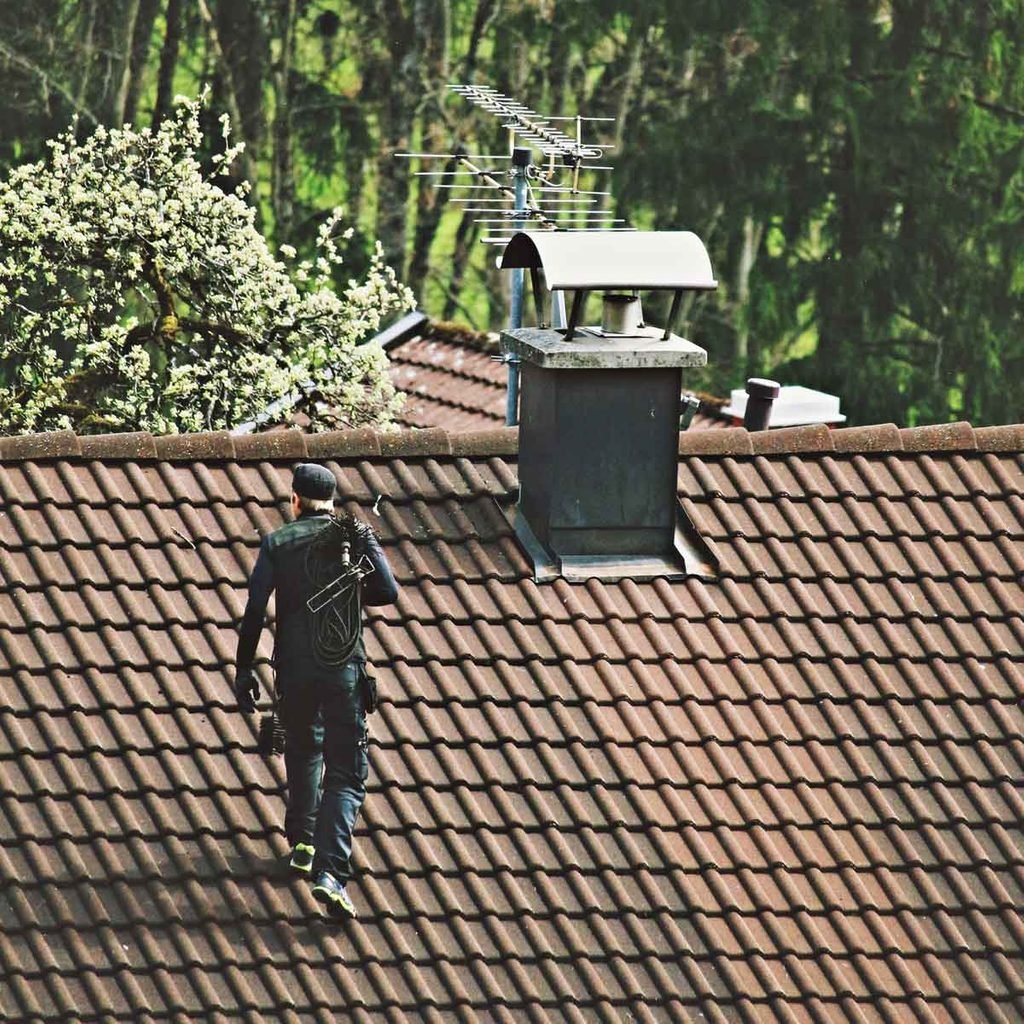The Ultimate Smokeshaft Cleaning Checklist for Homeowners
Making sure the safety and security and efficiency of your smokeshaft is a critical duty for house owners who depend on their fire place or wood stove for heat during the cooler months. A well-kept chimney not only enhances the general functioning of your heater however additionally alleviates the risk of possible risks such as fires and carbon monoxide gas leaks. With a thorough checklist in hand, homeowners can methodically address crucial maintenance jobs that are necessary for a secure and clean chimney. From examining the chimney framework to eliminating creosote accumulation, each action plays a vital duty in securing your home and loved ones.
Smokeshaft Assessment and Assessment
The interior of the smokeshaft must be inspected for any type of obstructions, such as bird nests or excess soot, which can position a fire hazard. Inspecting the flue for creosote buildup is essential as this highly combustible material can cause a chimney and stir up fire.

Exterior Maintenance and Repairs
Examining the exterior of the smokeshaft for any structural problems, such as splits, loose bricks, or indicators of water damages, is necessary in making certain the general security and longevity of the chimney. On a regular basis inspecting for any type of fractures in the mortar or blocks can aid protect against water from seeping in and causing damages to the chimney structure. Attending to these exterior upkeep problems in a prompt fashion can extend the life of your chimney and protect against pricey repairs down the line.
Cleaning Up the Smokeshaft Flue and Damper
To make certain correct working and security of your chimney, normal cleansing of the chimney flue and damper is important. Ensure that the damper opens and shuts smoothly, as a correctly working damper helps control air movement and avoids drafts when the chimney is not in use. Regular maintenance of the smokeshaft flue and damper not only enhances the efficiency of your smokeshaft however additionally lowers the danger of chimney fires and carbon monoxide accumulation in your home.
Removing Creosote Accumulation Securely
How can property owners securely get rid of creosote buildup from their chimney to keep its optimal Get the facts performance and safety and security? Creosote, a byproduct of shedding wood, can build up in chimneys gradually, positioning a fire risk if not appropriately managed. To safely remove creosote build-up, begin by ensuring the chimney is trendy and there are no lingering coal. Make use of a flashlight to evaluate the inside of the smokeshaft for creosote down you can check here payments.
There are different methods to eliminate creosote, depending upon the accumulation's seriousness. For light creosote accumulation, using a smokeshaft brush or a homemade creosote remover made from equal components water and vinegar can be efficient (Chimney Sweep San Jose). For thicker deposits, specialist smokeshaft cleaning company might be necessary
It's crucial to put on safety equipment such as gloves, safety glasses, and a mask when managing creosote to protect against skin irritation or breathing. Additionally, correct ventilation while cleaning up the smokeshaft is important to stay clear of breathing in dangerous fumes. Routine chimney assessments and cleanings can help protect against creosote buildup, ensuring the safety and security and performance of your chimney.
Fire Safety Preventative Measures for Smokeshaft Owners
Regular smokeshaft examinations by qualified professionals are crucial to determine any type of obstructions, creosote accumulation, or structural concerns that might position a fire risk. Mounting a smokeshaft cap can prevent particles, pets, and rain from going into the smokeshaft and creating obstructions or damage. Additionally, smokeshaft proprietors must have a spark arrestor or smokeshaft stimulate arrester mounted to stop sparks from leaving and possibly sparking neighboring combustibles.

Final Thought
By complying with the ultimate smokeshaft cleaning checklist described in this write-up, home owners can inspect, clean, and repair their chimney efficiently. Proper maintenance not only minimizes the danger of smokeshaft fires however likewise extends the life-span of the smokeshaft system.
Examining the smokeshaft cap and crown for any kind of damage is crucial to prevent water from permeating into the smokeshaft and causing additional damage.
Regular maintenance of the chimney flue and damper not just boosts the effectiveness of your chimney however likewise decreases the danger of chimney fires and carbon monoxide buildup in your home.
Regular chimney examinations and cleansings can aid avoid creosote accumulation, making sure the safety and security and effectiveness of your smokeshaft. (Chimney Sweep San Jose)
Installing a chimney cap find more can protect against particles, pets, and rain from getting in the smokeshaft and causing obstructions or damage. Proper maintenance not only decreases the danger of chimney fires however also extends the life-span of the smokeshaft system.